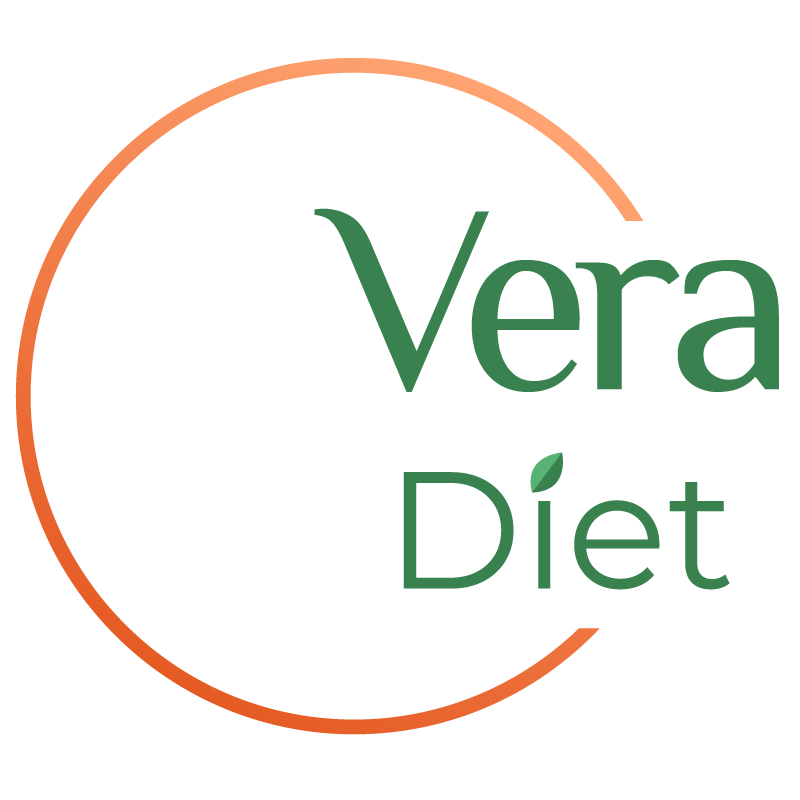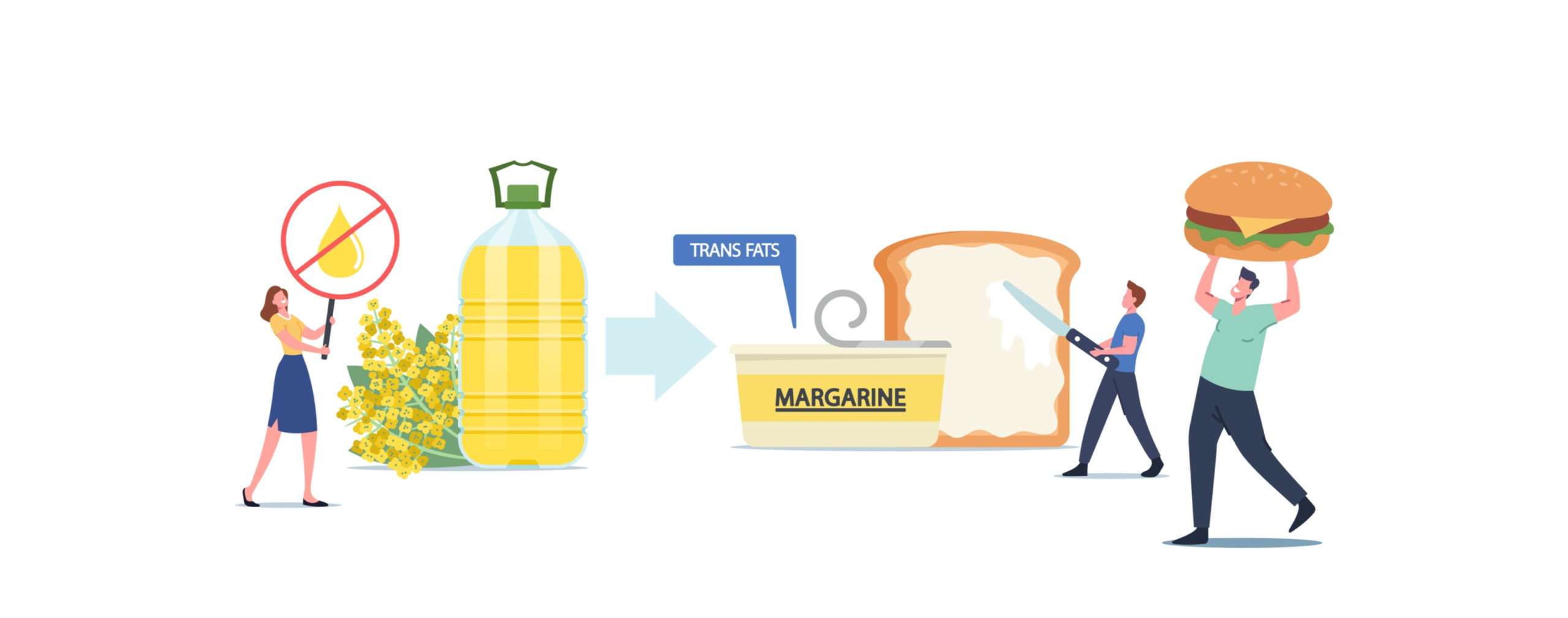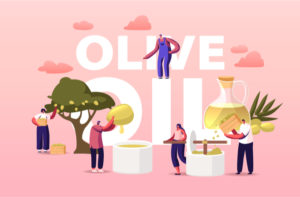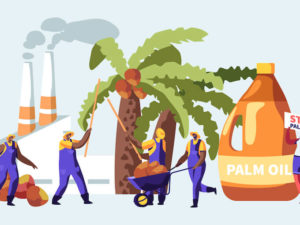Trans fat has a very sad history and in many countries it’s either totally banned or must be limited to 2 % in foods. But is it the same throughout the world? And what is the fuss all about? Is trans fat really that bad? Let’s see!
What is trans fat?
Trans fat or trans fatty acids is a type of fatty acids naturally found in small quantities in some animal foods like milk and meat. But trans fat that is dangerous is industrial trans fat made through a chemical process of hydrogenation.
Hydrogenation allows you to turn liquid oils composed mostly of unsaturated fatty acids into semi-solid saturated fats like margarines and spreads by adding hydrogen double bonds (chemistry, sorry!). It is usually used to reduce cost and improve the texture and shelf life of products.
Interestingly, margarine used to be considered healthy for the heart, but now we know that it’s the exact opposite! The thing is that trans fats are much worse than regular saturated fats. They are PROVEN to raise bad LDL-cholesterol, sometimes lower the good HDL-cholesterol, causing coronary artery disease and atherosclerosis. (1,2) Some studies also link trans-fat consumption to type 2 diabetes. WHO estimates that every year, trans fat consumption causes over a half million deaths from cardiovascular disease and it elaborated a plan to eliminate trans fat from global food supply (3). Doesn’t it sound crazy?
Sources of trans fat
Even if you don’t buy any margarine, it doesn’t mean you don’t consume it. Trans fats can be “hidden” in all kinds of baked goods and sweets including cookies, cakes, donuts, waffles, microwave popcorn, spreads, ice-cream and fast food. It’s not a secret that most baked goods contain margarine. But we hear that now margarines stuffed with trans fat are in the past. Or so they say?
Legislation
In France and in the whole European Union all products must contain less than 2% trans fats per 100 g since April 2021 (5). If a product contains any fully or partially hydrogenated oils it has to be indicated on the packaging:

In the USA, trans fats are banned since 2019. But there are still some nuances to that. If a product contains less than 0,5 g of trans fat per serving, it can be listed as 0 g of trans fat, so if you eat big quantities of products that contain partially hydrogenated oil, you can easily consume several grams of trans fat per day without knowing it. Please note, there is no “healthy” limit of trans fats.
In Ukraine there is no legislation limiting the production and consumption of trans fats. Margarines and spreads must contain less than 8% of trans fats. The packaging must state hydrogenated/partially hydrogenated oils in the list of ingredients if the product contains any. Unfortunately, in my experience this law is not always respected.
Partially vs fully hydrogenated oil
There is actually a difference between partially and fully hydrogenated oils. Basically, partial hydrogenation creates trans fats, while full hydrogenation sort of cancels trans fats, turning it into a fully saturated fat. Full hydrogenation creates a very hard fat, so producers prefer partial hydrogenation which is now proven to be really dangerous. Since it is banned, today some producers mix fully hydrogenated oils with regular ones to soften them (4). To sum up, full hydrogenation seems safe compared to a partial one if manufactured properly. Also now other methods of margarine production like transesterification become more popular. In any case, I don’t recommend margarine (unless recommended by a doctor), butter does the job as well, tastes better and if consumed with moderation can definitely be a part of a healthy balanced diet.
Can trans fats be formed during cooking?
Yes, trans fats may also be formed during cooking. Although, there is no need to worry, it will form much lower quantities of trans fats compared to what we used to find in manufactured products. Cooking at high temperatures can be more prone to trans fat formation. Especially deep frying, since oil is reused multiple times. This can be easily avoided by not reusing the same oil at home and limiting fast food consumption.
Practically speaking
I recommend paying attention to the list of ingredients when you buy manufactered products like cookies and pastry if you consume a lot of those. What you should avoid ba all cost is partially hydrogenated oil. If you have this type pf goods rarely, it shouldn’t be a problem. In any case, forget about margarines and spreads and choose 82% butter instead. Also, try to limit fast food consumption and cook with proper oils. But remember, there are moments when you really want to have that fatty donut and it’s ok! Just don’t forget to enjoy it!
Sources
- https://www.ncbi.nlm.nih.gov/pmc/articles/PMC1523500/
- https://www.ncbi.nlm.nih.gov/pmc/articles/PMC3125015/
- https://www.who.int/news/item/14-05-2018-who-plan-to-eliminate-industrially-produced-trans-fatty-acids-from-global-food-supply
- https://www.canr.msu.edu/news/fats_the_good_the_bad_and_the_ugly
- https://ec.europa.eu/food/safety/labelling_nutrition/trans-fat-food_en




